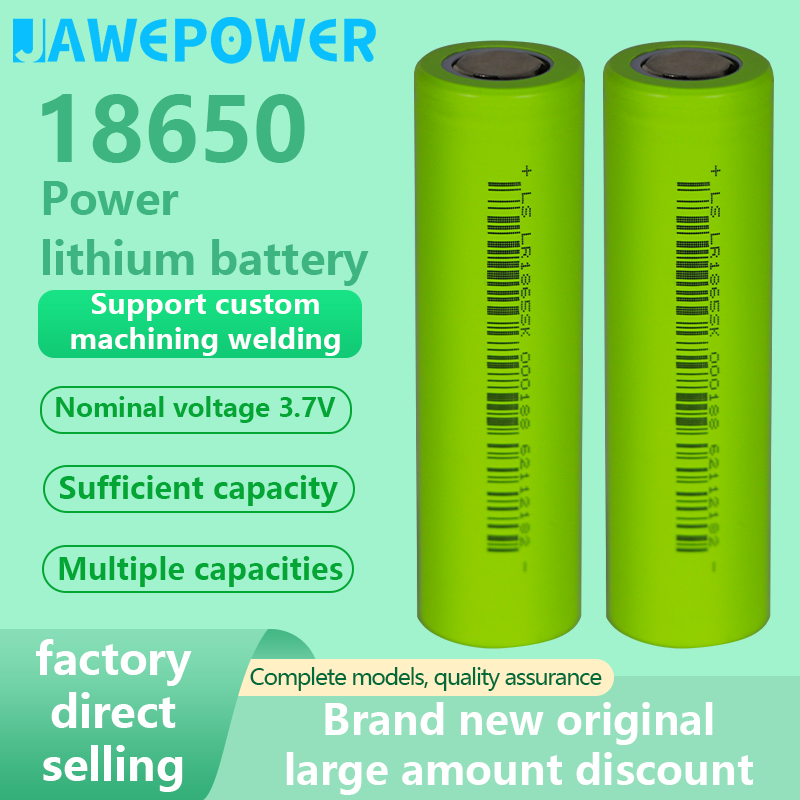Introduction: Exploring Battery Costs and Failures
Every gadget enthusiast has faced the frustration of malfunctioning batteries at some point—especially with rechargeable options. Did you know that nearly 30% of portable electronics malfunction due to faulty power sources? The 18650 lithium ion battery is a popular choice in the tech world, but why do failures always occur during crucial moments? This article dissects the vital aspects of the 18650 lithium ion battery, shedding light on its significance in modern applications.

Body: Technical Breakdown of the 18650 Lithium Ion Battery
Traditional Solution Flaws
Traditional power sources often lack efficiency and longevity. Think about it: devices powered by outdated battery technologies not only drain quickly but also present safety risks. Conventional batteries can swell or leak over time, leading to potential hazards. The evolution into lithium ion batteries, specifically the 18650 variant, addresses these serious concerns effectively, offering a solution to current energy demands.
New Technology Principles
The 18650 lithium ion battery stands out due to its superior energy density and charge cycles. This tech marvel is characterized by its cylindrical shape, allowing for compact energy storage. It utilizes lithium cobalt oxide as its cathode, providing high voltage and capacity. This translates to outstanding versatility, making the 18650 widely adopted in various devices, from personal electronics to electric vehicles.
Quantified User Benefits
So, what does all this mean for the average user? Well, a shift to 18650 lithium ion batteries can improve device performance significantly. Users report 30% longer usage periods compared to older battery types, plus reduced charging time. Imagine powering your gadgets effectively with less downtime—now that’s a win-win!
Conclusion: Making Informed Choices
When considering a transition to better battery solutions, always verify these 3 metrics: ① Energy density ② Cycle life ③ Safety ratings. Choosing a reliable battery can streamline your experience, making your devices more dependable. As we’ve explored today, the 18650 lithium ion battery encapsulates efficiency and reliability—key elements in powering our daily lives.
Exploring the 18650 Li Ion Cell
One of the core topics in the realm of rechargeable batteries is the 18650 li ion cell. These cells have become synonymous with reliability and performance in many applications, including power tools and electric vehicles. With advancements in technology, the role of this battery type has expanded, providing users with a practical solution that meets their energy needs without compromise. It’s vital to understand just how these cells provide a consistent performance, emphasizing their robust design and inherent safety measures.
The Versatility of the 18650 Li-Ion Cell
Continuing our exploration, the versatility of the 18650 li-ion cell cannot be understated. These batteries not only serve consumer electronics but also play a pivotal role in renewable energy storage and electric mobility solutions, enabling a sustainable future. Their ability to be recharged numerous times while maintaining a high energy output significantly contributes to both environmental sustainability and user satisfaction. As industries lean towards eco-friendliness, the 18650 li-ion cell is set to become even more important.
Conclusion: Brand Recommendation
In summary, the 18650 lithium-ion battery offers an impressive array of advantages, making it a top choice for any application requiring reliable energy. With its efficiency, safety, and versatile applications, one brand stands out as a reputable manufacturer with supply advantages: Jawepower. Their commitment to quality and innovation in battery technology positions them as a leader in this competitive field, ensuring users receive the best possible products for their needs.
